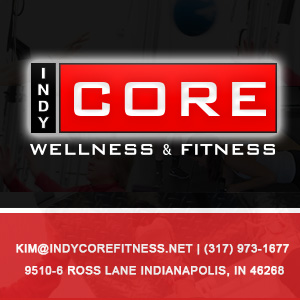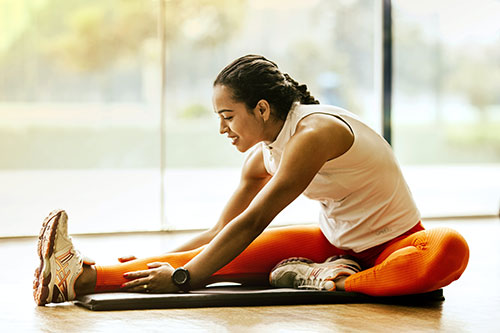By: Megan Lambert
What do you do on your days off from the gym?
Do you lie on the couch and watch TV all afternoon? Or, do you go to the track and do a sprint workout, thinking, ‘this is recovery because I’m not lifting weights.’ Many people find themselves on either side this spectrum, but in reality, there is a third recovery option that is much more beneficial. To illustrate this point, read the following excerpt from chapter 11 (page 147) of Mark Verstegen’s book, “Core Performance.”
“Most fitness programs take an all-or-nothing approach. When you’re training, you train very hard. And when you aren’t training, you do nothing. No matter the circumstances, you do it all or you do nothing.
The problem with that formula is that it fails to facilitate one of the most important aspects of training: the repair of muscles and cells. If you’re sore from a workout, for example, you have two bad choices: Go out and give yourself an equally brutal workout, or do nothing.
In truth, you need to combine quality work with quality rest to get the results you want.
…But regeneration is also a lifestyle philosophy, a recognition that you need to plan ways to recover – mentally and physically – in all areas of your life. You experience the benefit of work on the days you rest.
There is a big difference between rest – doing nothing at all – and “active rest.” In the latter, you take a break from serious training but still do things that benefit your body, such as playing golf, tennis, or basketball. Wednesdays and Saturdays are lighter days of the Core Workout, so you might use those days, and/or Sundays, to play your favorite sport. You’re not training per se, but you’re still getting the benefit of physical activity. Not only that, you’re having fun.
We call it active recovery, because you’re making a modest effort. There’s also passive recovery, which includes getting a massage and sitting in a hot tub or a cold plunge. Both elements of recovery are not only important but also necessary. And not only necessary, but equally important as working out. If you don’t give your body time to recover, it’s never going to improve.”
In addition to playing sports, other active recovery options include yoga, Pilates, and low-impact dynamic exercise. To learn how to implement quality rest-day workouts into your exercise protocol, come visit us at Indy Core Fitness & Wellness. We would love to create a personalized program specific to you and your goals. Please visit our website (www.indycorefitness.net) or give us a call (317-430-0063) today.




